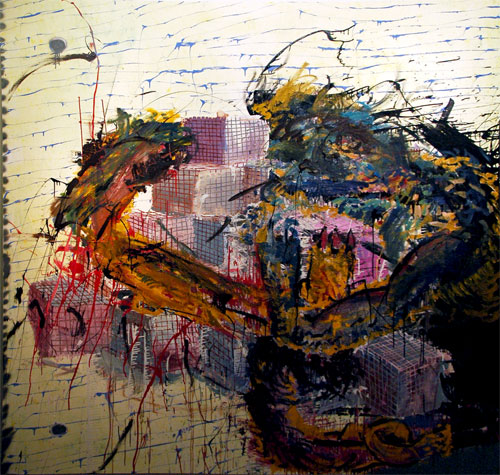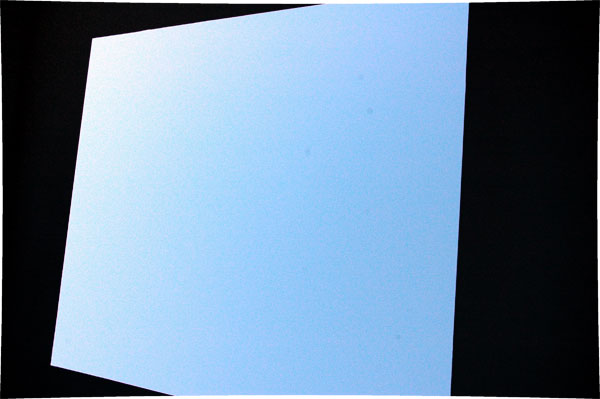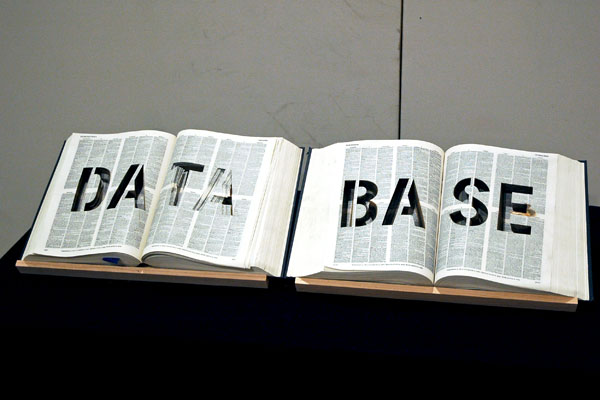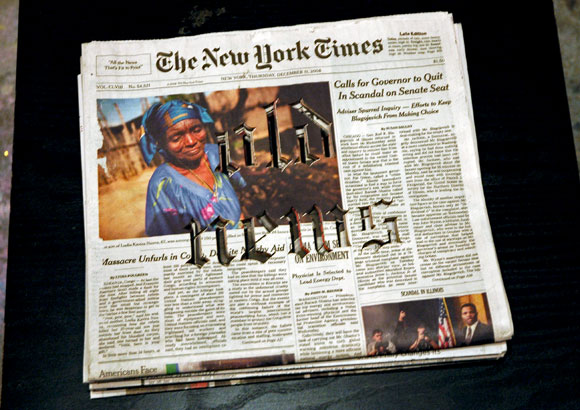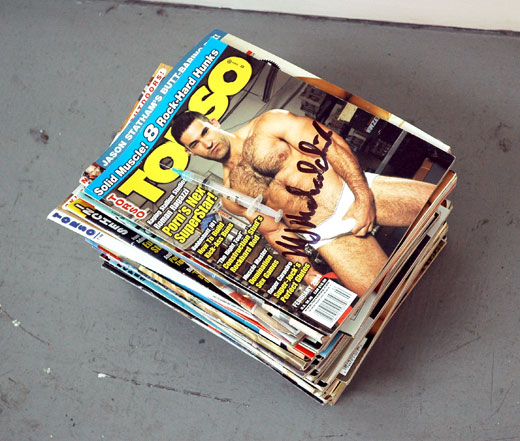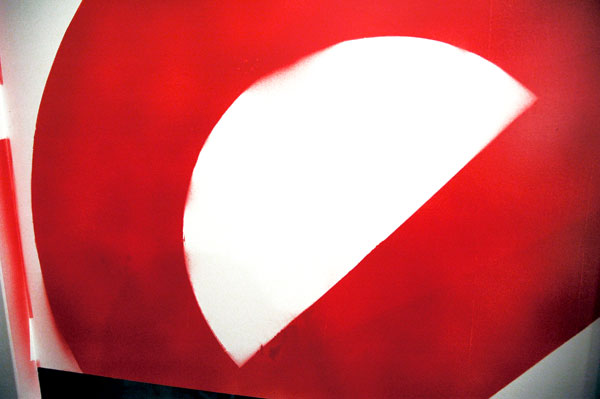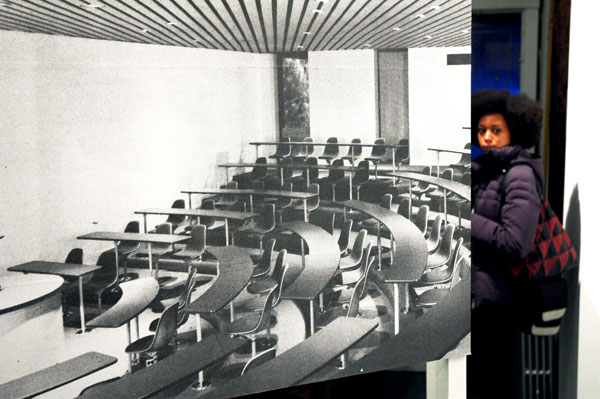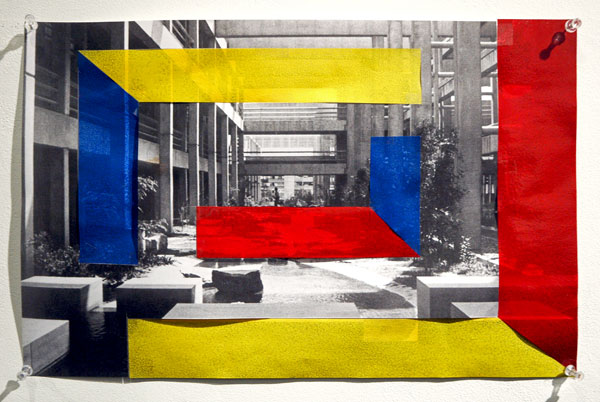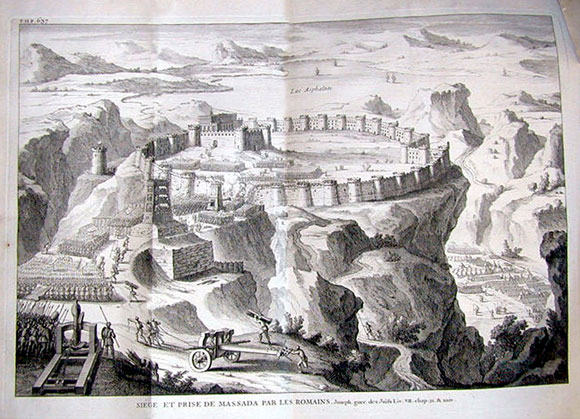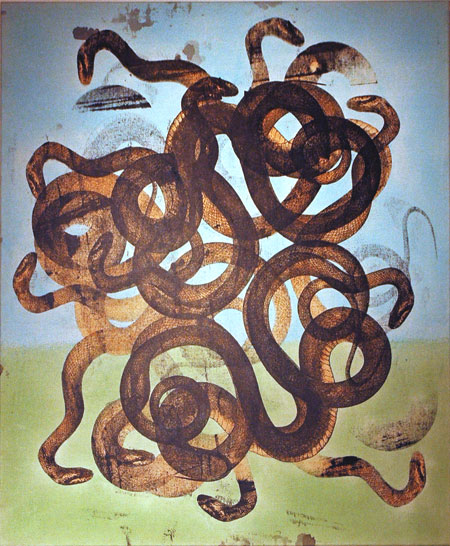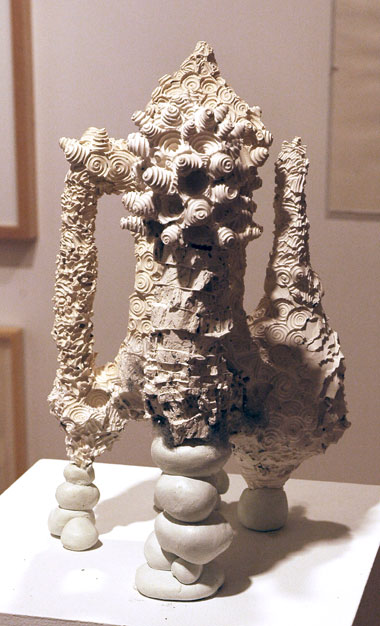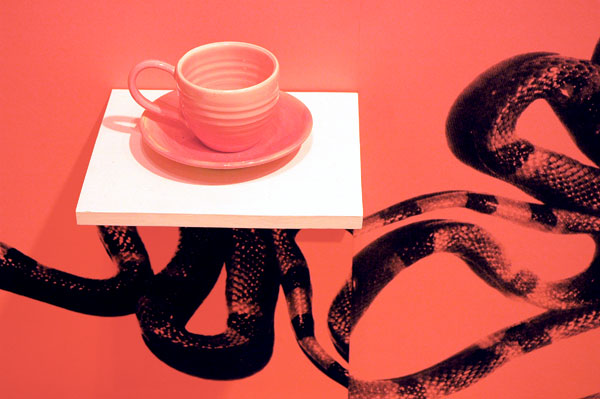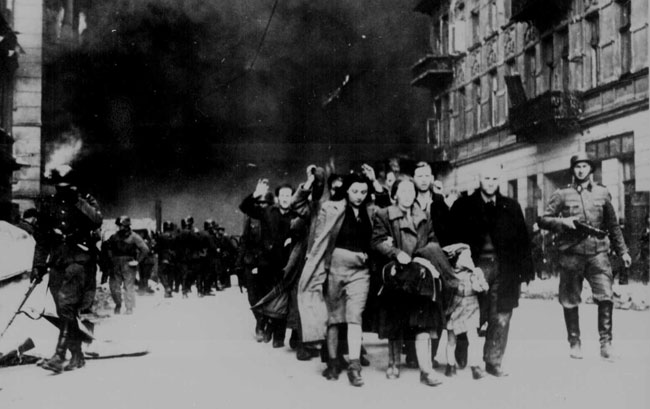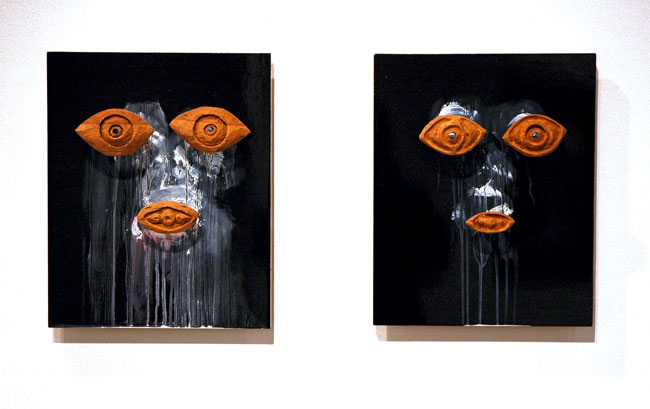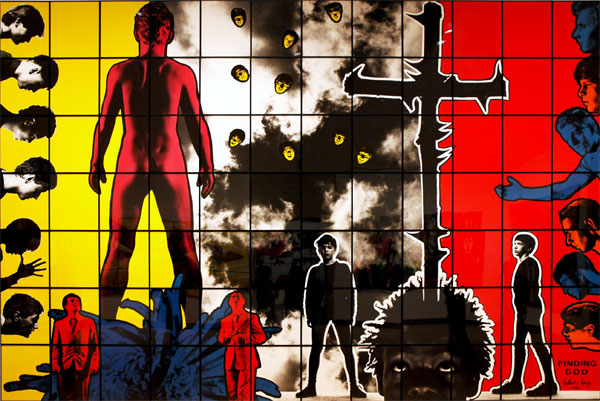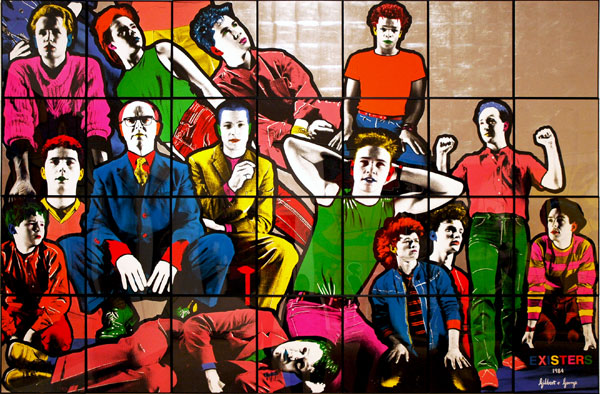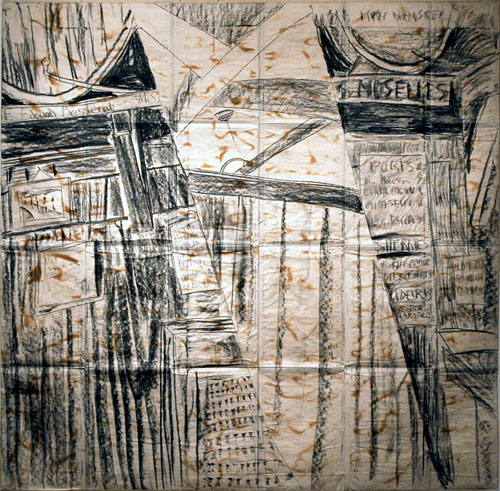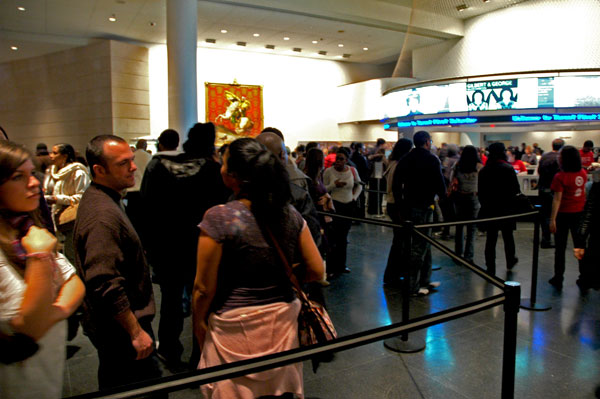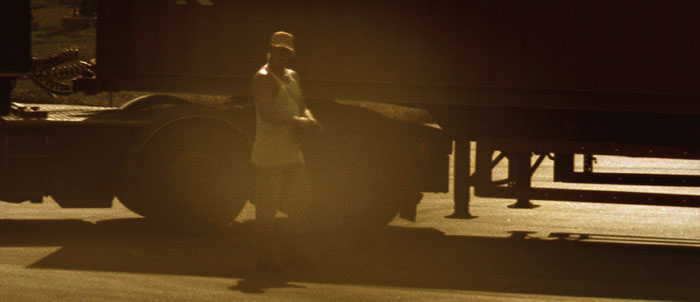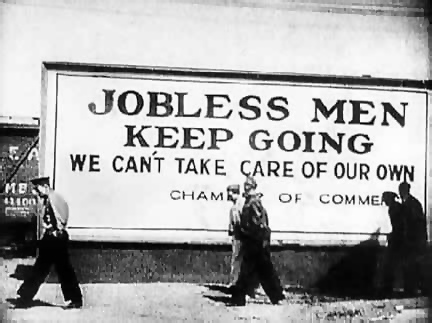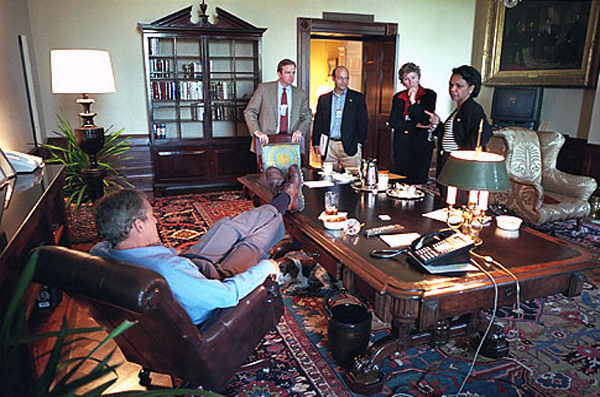
now that's office casual, and notice those treads
I have a hatred for the convention of suits and ties, for many reasons, but certainly partly because of my own experience. While I was still working in an office environment, conservative suits were mandated for all male employees, and jackets had to be kept on, regardless of the weather or the capacity of the air conditioning system. Yuck. Double yuck, because most of these uniforms were pretty ugly. Could it be that the decree had nothing to do with aesthetics?
Moving on to today, and on a slightly different bearing, my partner Barry tells me that he's absolutely had it with the proliferation of stories about how horrified people are, especially veterans of the previous administration ["Workers from the Bush White House are shocked" - NYT], about the informality of Barack Obama's office etiquette.
Barry shared with me his disgust just as I had begun to glance at the front page of the New York Times this morning, where there's another long story about what is surely the least important "change" the new administration can be expected to accomplish.
Yesterday I had been investing more time than I had originally expected in looking on line at information about the history, the architecture and the functioning of Hoban's President's House, and I had showed Barry the picture I've now uploaded above. Today he suggested I do a post about the etiquette fuss. He offered that if I didn't want to, he would to it himself - if I were able to find the image again. It was an incredibly slow site, so since I had to duplicate most of the labor today I decided to do the post myself, since the actual writing would be a comparative piece of cake.
If you've seen the item yourself, yes, you did see the word "tizzy" in the very first sentence of the Times piece:
WASHINGTON — The capital flew into a bit of a tizzy when, on his first full day in the White House, President Obama was photographed in the Oval Office without his suit jacket. There was, however, a logical explanation: Mr. Obama, who hates the cold, had cranked up the thermostat.
I'm so glad they found the "logical explanation", for it certainly couldn't come from a recognition that creative, real people will always be able to think and work better, alone or together, without a strait jacket or a uniform, and that they don't need a costume to have self-respect or the respect of others.
By the way, this table is one of the most historically-important pieces of furniture in the magnificent White House collection. It's importance has almost nothing to do with its New York provenance [Pottier & Stymus Manufacturing Co., New York], although I might be persuaded to take personal offense with Bush's crude insult to decorum, especially were I standing on the other side of the table - and above all were I raised in a Middle East culture.
It's Grant's Cabinet Table, and it stands today where it almost always has, in the Treaty Room, on the second floor of the mansion. The unofficial White House Museum site informs us: "Many important agreements have been signed on the table, including the peace treaty that ended the Spanish-American War in 1898, the Nuclear Test Ban Treaty of 1963, and one of the SALT [Strategic Arms Limitation Talks] agreements." In addition, the Pact of Paris (Kellogg-Briand Peace Pact), which provided for "the renunciation of war as an instrument of national policy", and a number of Middle East peace documents were signed on this table. Maybe we shouldn't be surprised that 43 had so little respect for its surface.
Oh, about Obama's mellow approach to the small stuff in the job Bush 2 must have thought was something like that of emperor, I think it's terrific. The White House may be the people's house, but it's the President's home and office.
[image from the (unofficial) White House Museum]


